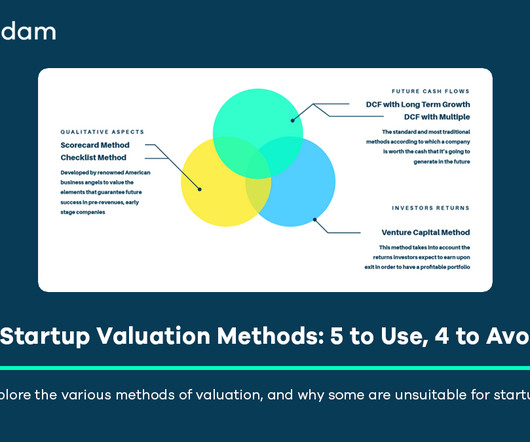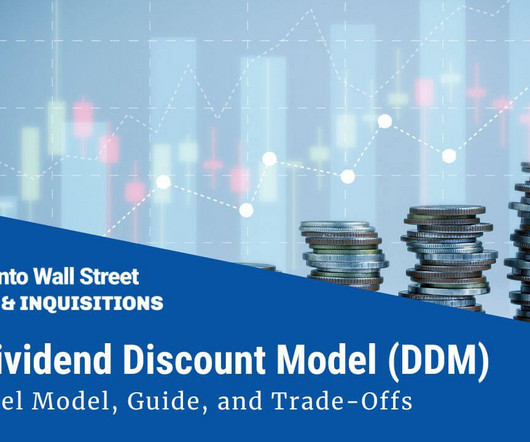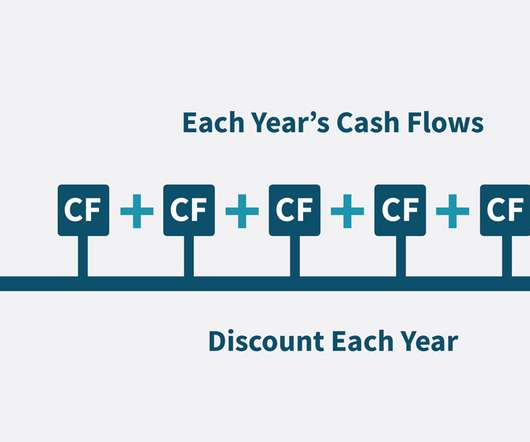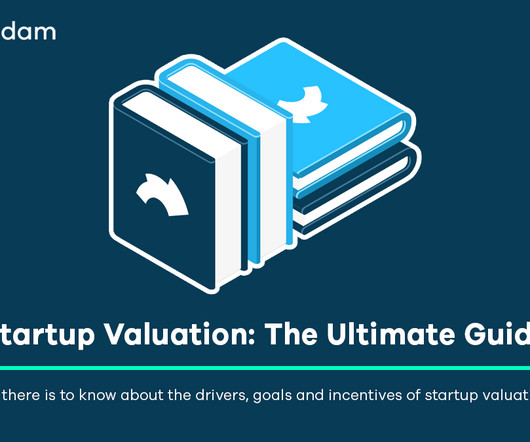9 Startup Valuation Methods: 5 to Use, 4 to Avoid
Equidam
APRIL 26, 2025
However, particularly for early-stage ventures, valuation presents unique challenges. Furthermore, any quantitative valuation method, particularly the Discounted Cash Flow (DCF) approach, is highly sensitive to the underlying assumptions about growth rates, discount rates, and terminal values.












Let's personalize your content